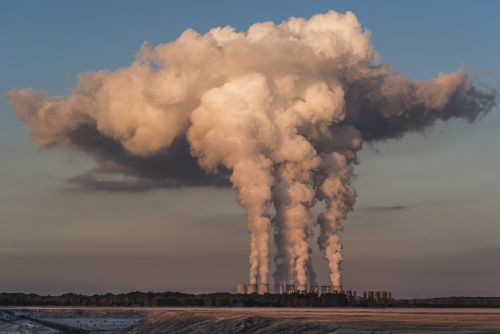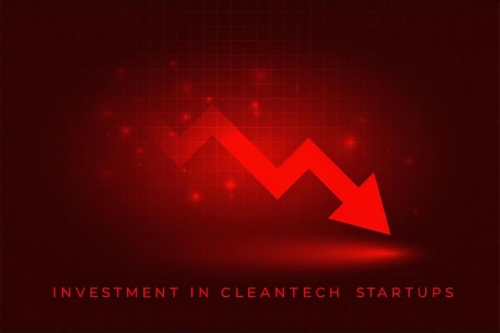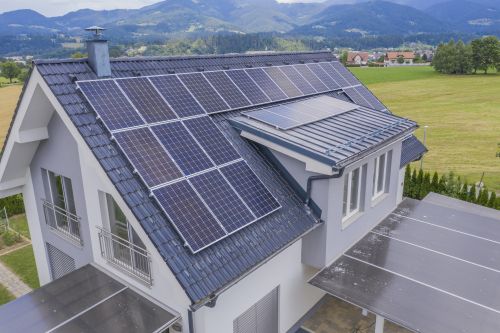State-Led Climate Action Nearly as Cost-Effective as Federal Efforts, Study Finds


Cut through the green tape
We don't push agendas. At Net Zero Compare, we cut through the hype and fear to deliver the straightforward facts you need for making informed decisions on green products and services. Whether motivated by compliance, customer demands, or a real passion for the environment, you’re welcome here. We provide reliable information—why you seek it is not our concern.
Amid uncertainty over the future of federal energy and climate policy under the Trump administration, a new study in Nature Communications finds that state-led climate initiatives in the U.S. can deliver substantial emissions reductions at nearly the same cost as federal strategies—though they rely on different technologies. Conducted by researchers from North Carolina State University and Carnegie Mellon University, the study compares two scenarios: one in which 23 climate-focused states pursue net-zero emissions targets by 2050, and another where a nationwide federal carbon cap achieves equivalent reductions.
Key findings show that state-led efforts reduce nationwide emissions by 46% by 2050—falling short of Paris Agreement goals but still substantial. This approach leans more heavily on electrification, adding 952 terawatt-hours of electricity generation and shifting 17% of emissions to the power sector. States like California and the Northeast invest in solar, wind, and direct air capture (DAC), while regions like the Southeast and Texas, which often resist climate regulation, become critical for deploying bioenergy with carbon capture (BECCS) under a federal plan.
From a business perspective, these research findings suggest that companies focused on renewables, electrification, and DAC may thrive in states with ambitious policies, while federal action could open up new markets in resource-rich but policy-resistant regions. The Southeast and Texas, for example, could become key players in a low-carbon economy if federal incentives align with local advantages.
The narrow cost difference—just 0.7%—between state and federal pathways suggests that meaningful decarbonization is achievable without sweeping federal mandates. However, the risk of “emissions leakage,” where unregulated regions increase fossil fuel use, points to the need for coordinated policy to ensure real, nationwide climate progress.
Source: Nature Communications

More related content

DNV Report: Carbon Capture Investment to Hit $80B as CCS Enters Cri...

Cleantech Investment Faces Steep Decline in 2025

Arcadis Report Reveals Hurdles to Achieving UK Government’s Net Zer...
